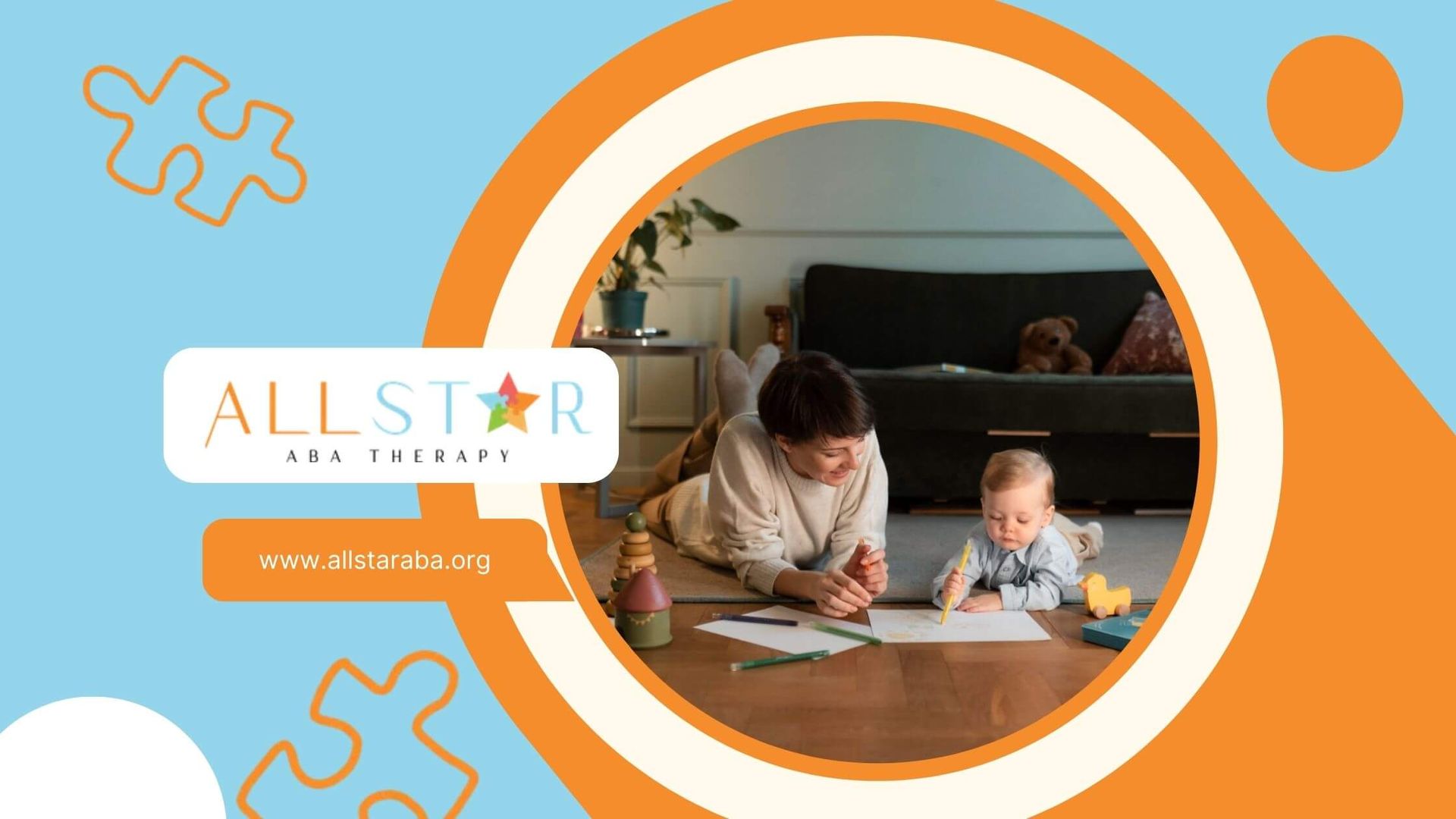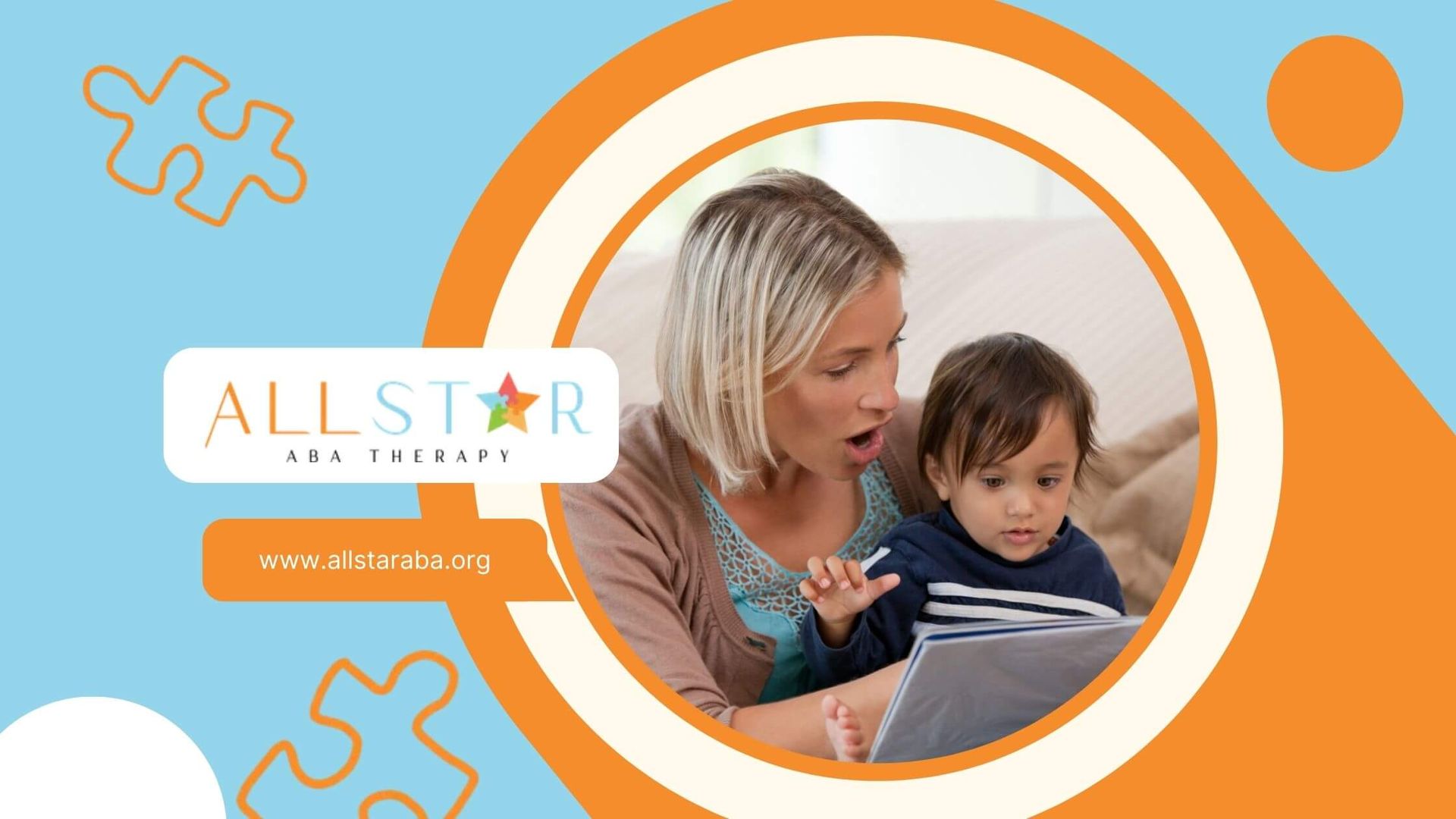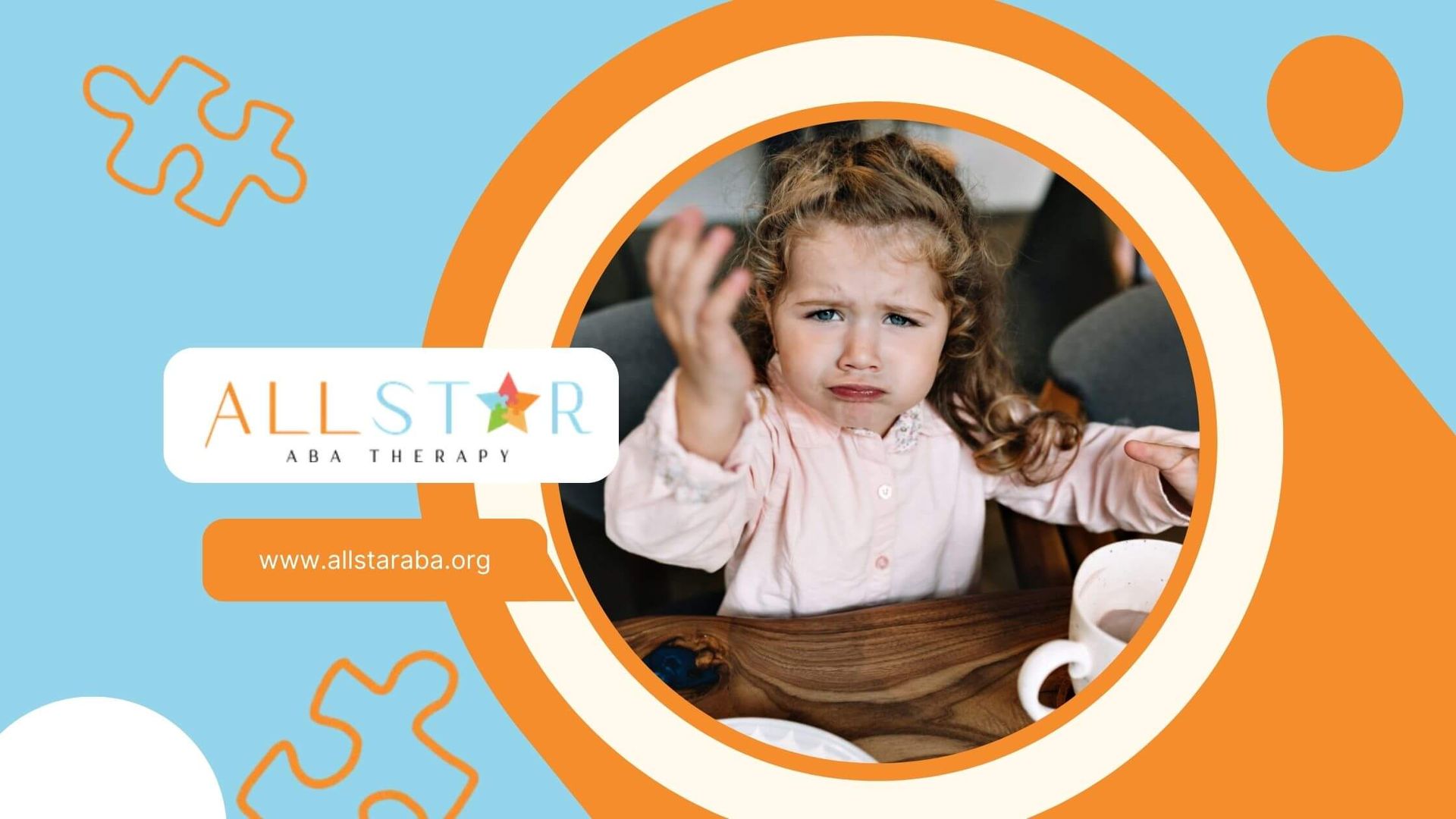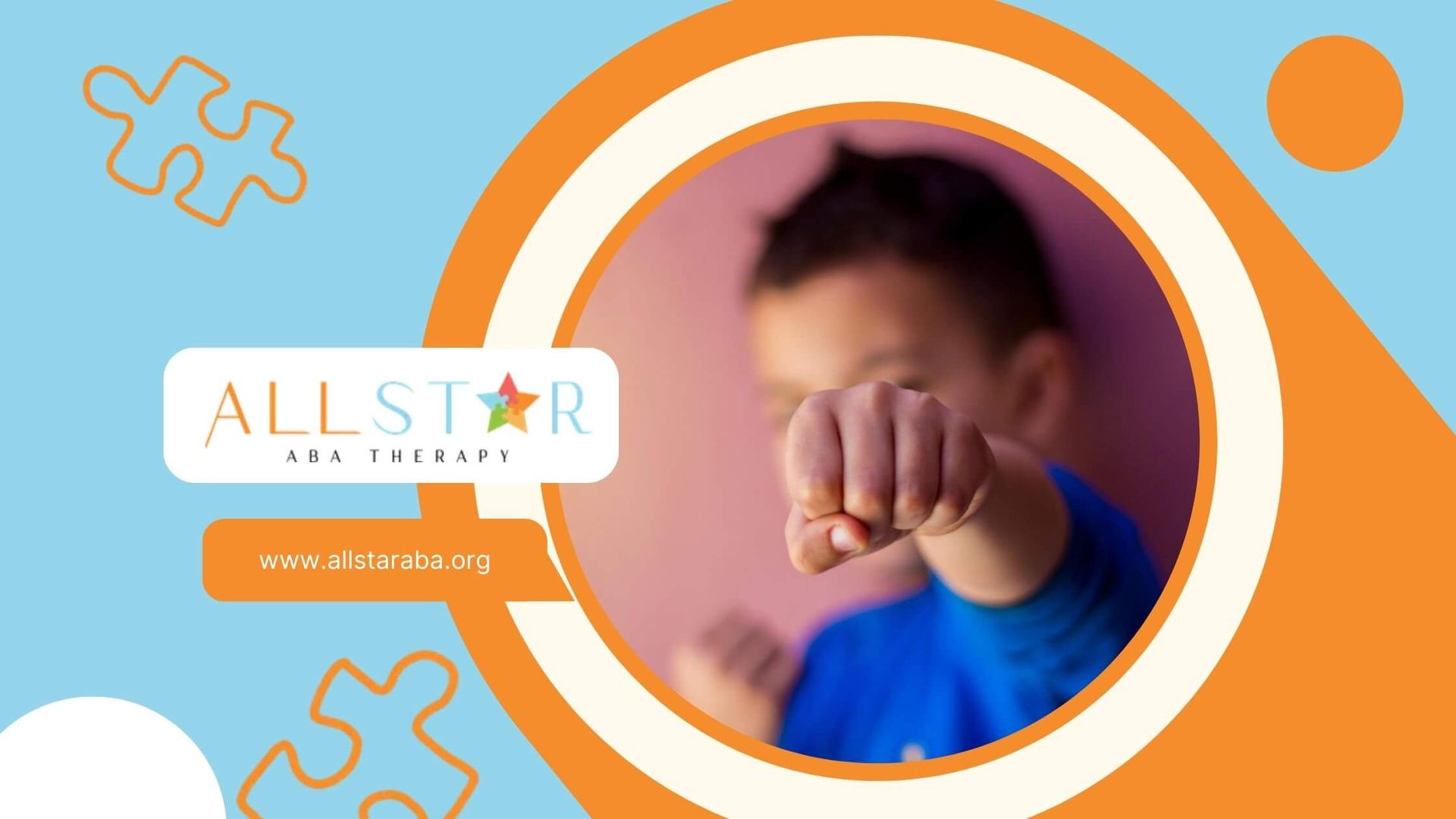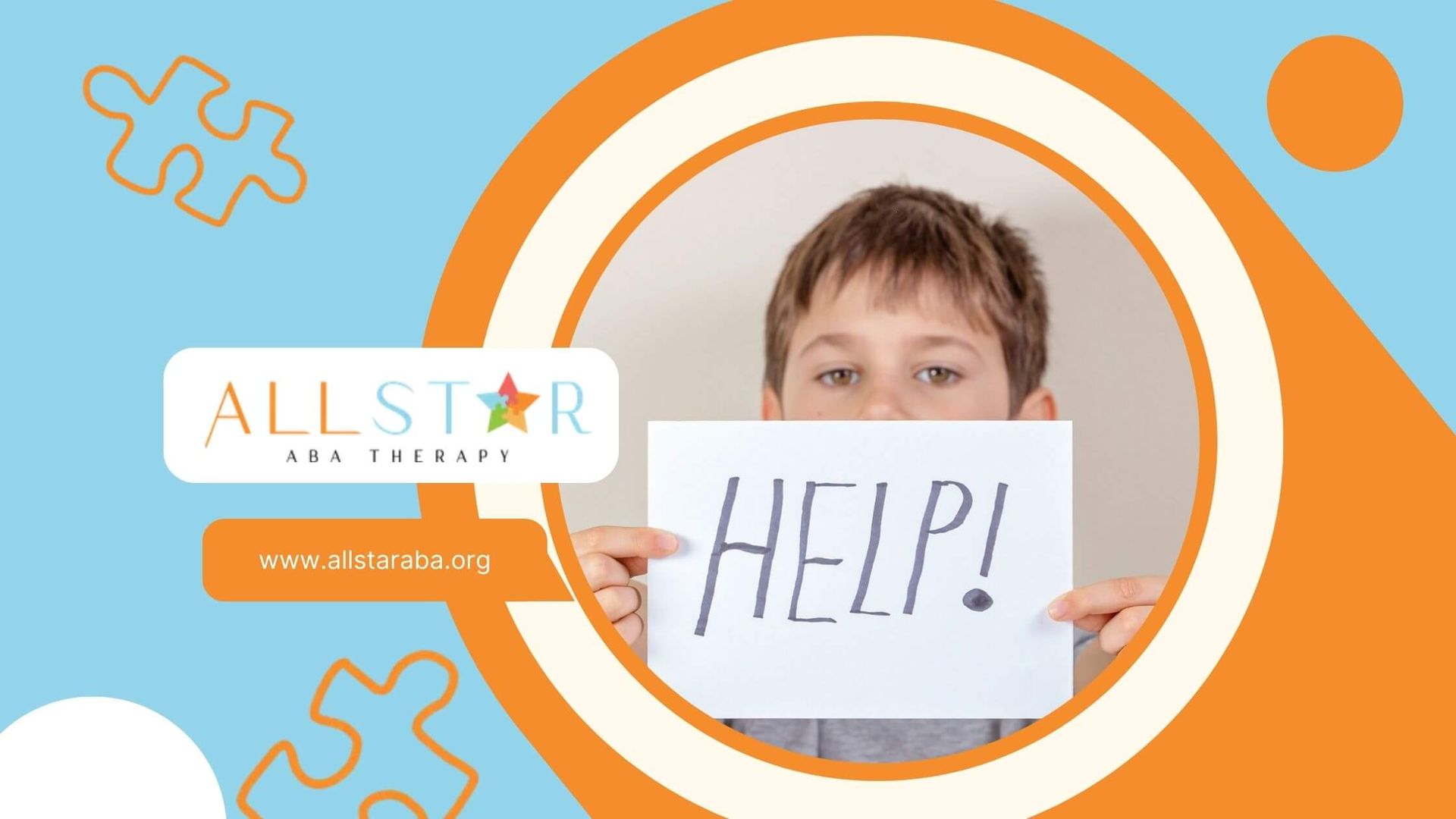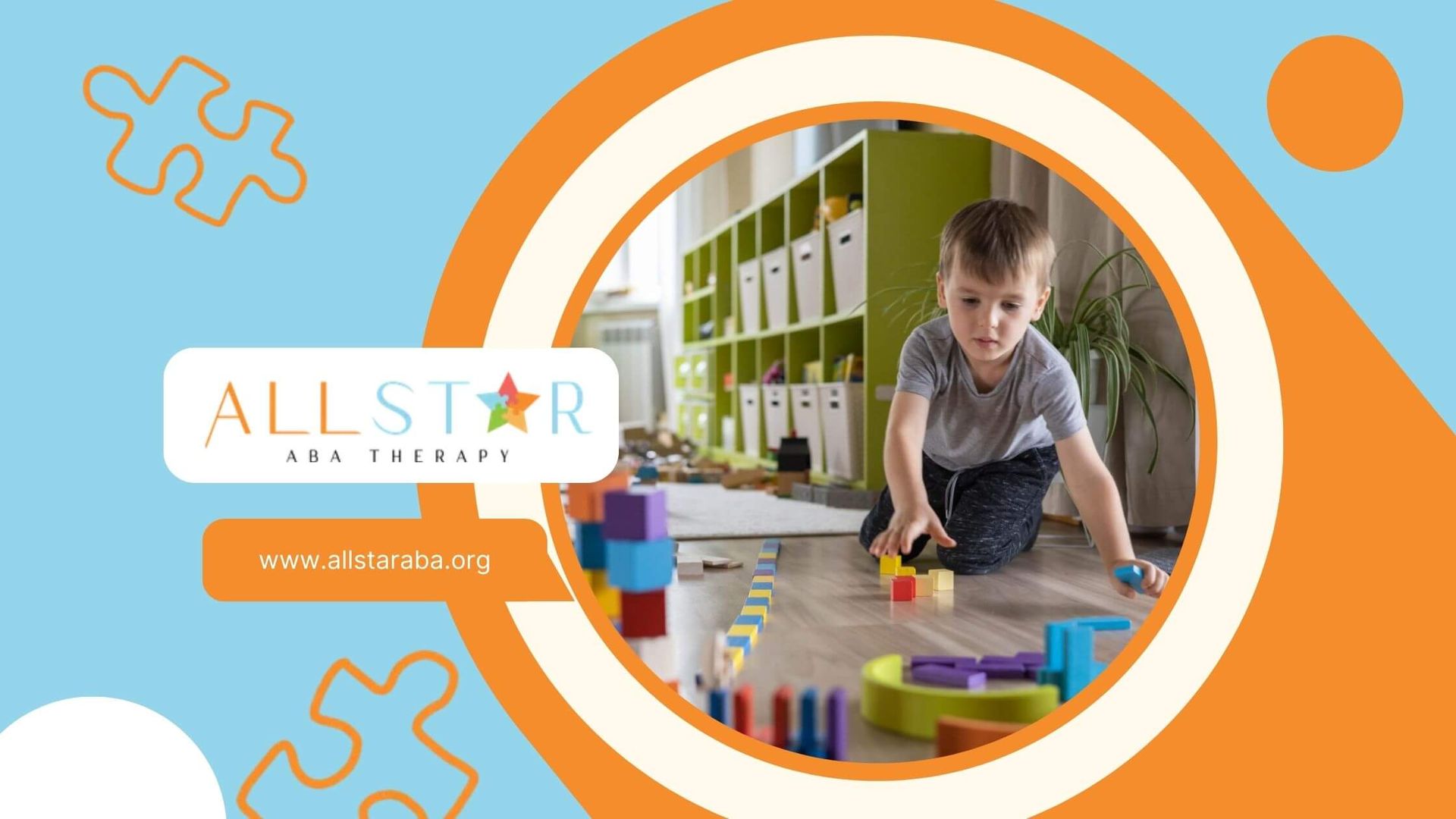New Paragraph
Shedding Light on Autism: Revealing Symptoms in Children
Understanding Autism Spectrum Disorder
Autism Spectrum Disorder (ASD) is a complex neurodevelopmental condition that manifests in early childhood, affecting communication, behavior, and social interaction.
Defining Autism
Autism is characterized by challenges in social interaction, verbal and nonverbal communication, and the presence of repetitive behaviors or restricted interests. These symptoms appear in early childhood, typically before the age of three. The spectrum nature of autism means that individuals with ASD may present a wide range of skills and abilities, from highly skilled to severely challenged. Understanding What is autism? is crucial for recognizing the characteristics of autism and advocating for effective interventions like ABA therapy for autism.
Prevalence and Gender Differences
The prevalence of ASD has been noted to be significantly higher in males than in females. Recent estimates indicate that ASD affects approximately 23.0 per 1,000 (one in 44) children aged 8 years. Boys are more likely to be diagnosed with ASD, being 4.2 times more prevalent among boys compared to girls. The male-to-female prevalence ratio stands at 4.3:1, which varies across different location.
| Gender | Prevalence Ratio | Prevalence per 1,000 |
|---|---|---|
| Male | 4.3:1 | ~23.0 |
| Female | 1:4.3 | ~5.3 |
These figures highlight the significance of understanding gender differences in autism which may influence diagnostic practices and access to services. Recognizing the signs and symptoms early on is essential for prompt intervention and support, which can be found in resources like early intervention for autism.
Recognizing Autism Symptoms
Identifying autism symptoms in children is a critical step in getting the necessary support and interventions to help them thrive. The signs of autism, or autism spectrum disorder (ASD), can manifest early in a child's life, and recognizing these signs can facilitate early intervention for autism, which is known to improve outcomes.
Early Indicators in Infants
In infants, typically aged 6-12 months, certain behaviors may hint at the possibility of ASD. According to the CDC, some early indicators include:
- A lack of babbling or pointing by 12 months
- Absence of gesturing, such as waving or reaching out, to communicate
These signs may be subtle and sometimes go unnoticed, but they are critical in understanding the early development of children with ASD. Otsimo also notes that delayed babbling or a lack of response to social engagement during this phase can be early signs of autism.
Developmental Signs in Toddlers
As children grow into toddlers (12-18 months), the signs of autism can become more apparent. Some developmental signs to look for include:
- Lack of response to their own name
- Engaging in repetitive behaviors
- A notable absence of imitative play such as mimicking actions or facial expressions
These behaviors may indicate challenges with social skills and communication, which are common characteristics of autism. It's crucial for parents and caregivers to be observant of these developmental milestones and to consult with a professional if there are concerns.
Behavioral Signs in Older Children
For older children, aged 2-5 years, there are additional signs that may suggest the presence of ASD. These can include:
- Delayed speech development
- Difficulty with social interactions, including challenges in making eye contact
- Repetitive speech or movements
- Limited interests or insistence on sameness
- Difficulty with changes in routine or transitions
These symptoms can significantly impact a child's ability to interact with their environment and peers. If parents or caregivers observe these behaviors, they should consider seeking advice from a healthcare professional experienced in ASD.
| Age Group | Potential Signs of Autism |
|---|---|
| 6-12 months | Delayed babbling, absence of gestures |
| 12-18 months | Lack of response to name, repetitive behaviors |
| 2-3 years | Delayed speech, social interaction difficulties |
| 3-5 years | Language understanding challenges, limited interests |
Understanding these signs and seeking professional advice are essential steps in the journey toward an autism diagnosis. When it comes to treatment, ABA therapy for autism is a well-recognized approach that can help children with ASD develop social, communication, and learning skills. Parents and family members who suspect their child may show signs of autism should not hesitate to reach out to healthcare providers for support and guidance.
Autism in Different Genders
Autism Spectrum Disorder (ASD) affects both boys and girls, but there are notable differences in the presentation of symptoms between genders. Understanding these distinctions is crucial for timely and accurate identification and support for children with autism.
Signs in Boys
Boys are significantly more likely to be diagnosed with ASD than girls, with recent estimates indicating that ASD is 4.2 times more prevalent among boys. Common signs of autism in boys may include:
- Difficulty understanding social cues
- Challenges with communication and social interaction
- A strong focus on specific interests or subjects
- Repetitive behaviors and insistence on sameness
- Difficulties with executive functioning skills, such as planning and organizing
For more detailed information about the characteristics of autism, parents and educators can refer to the section on characteristics of autism.
Signs in Girls
Autism symptoms often manifest differently in girls, which can lead to underdiagnosis or misdiagnosis. Girls with autism may:
- Exhibit better social imitation skills, which can mask difficulties with social interactions
- Engage in more internalizing behaviors, making their struggles less visible
- Have stronger language abilities and vocabulary compared to boys with ASD
It is important for those involved with a child's care, such as ABA therapists and school personnel, to be aware of these subtleties to ensure girls receive the support they need. For insights into What is autism? and how it can be presented differently in genders, individuals can explore our dedicated section.
The Female Protective Effect
The concept of a "Female Protective Effect" suggests that females may have biological or environmental protective factors that reduce the likelihood or severity of developing ASD. This theory aligns with the Extreme Male Brain Theory, which posits that autism represents an extreme of the typical male cognitive pattern, favoring systematizing over empathizing.
| Gender | Prevalence Ratio |
|---|---|
| Male | 4.3:1 |
| Female | 1 |
This protective effect could contribute to the lower prevalence of autism observed in females and may influence the way symptoms are expressed. Understanding these gender-specific aspects of autism can aid in the development of more effective and tailored approaches to ABA therapy for autism and early intervention for autism.
Importance of Early Detection
Detecting autism symptoms in children at an early stage is crucial for their development and well-being. Early detection can significantly improve outcomes for children with Autism Spectrum Disorder (ASD).
Benefits of Early Diagnosis
The benefits of an early diagnosis of autism in children are substantial. According to research, early intervention leads to marked improvements in communication and social skills, which are areas typically challenging for those with autism. By recognizing autism symptoms early on, parents and caregivers can seek out specialized support and services, such as ABA therapy for autism, which can be pivotal in enhancing the child's quality of life.
An early diagnosis can also assist families in understanding their child’s needs and behaviors, leading to more effective parenting strategies and reduced family stress. Moreover, schools and educators can provide tailored education plans that accommodate the child's unique learning style, fostering a more inclusive and supportive learning environment.
| Age Group | Benefits of Early Intervention |
|---|---|
| Infants (0-2 years) | Early speech and communication therapy |
| Toddlers (2-3 years) | Development of social skills |
| Preschoolers (3-5 years) | Tailored learning strategies |
| School-age children (5+ years) | Supportive educational environment |
When to Seek Professional Advice
Parents and caregivers should seek professional advice if they notice any developmental concerns or if their child exhibits behaviors commonly associated with autism. Signs of autism in young children may include difficulties with social interaction, delayed speech and language skills, repetitive behaviors, and heightened sensitivity to sensory stimuli.
The early signs of autism may vary by age group, and therefore, it's important to be aware of what to look out for at different stages of a child's development:
- Infants (6-12 months): Delayed babbling or lack of gestures such as pointing and waving
- Toddlers (12-18 months): Lack of response to their own name, repetitive behaviors, and lack of imitative play
- Children (2-3 years): Delayed speech development, difficulty with social interactions and eye contact, and repetitive speech or movements
- Children (3-5 years): Difficulties in understanding and using language, limited interests or repetitive behaviors, and difficulty with change or transitions
- Older Children (5-18 years): Persistent difficulties in social interactions, limited interests, and repetitive behaviors
It is crucial to differentiate between developmental delays and potential autism symptoms. Developmental delays refer to children who do not reach expected developmental milestones within the typical timeframe but may not necessarily have autism. If you are concerned about your child's developmental progress, you should consult with a healthcare professional to discuss early intervention for autism and the appropriate steps for diagnosis.
Being informed about What is autism? and the characteristics of autism can empower parents and family members to act swiftly and seek the necessary support to ensure the best possible outcome for their child.
Autism and Sensory Sensitivities
Children with Autism Spectrum Disorder (ASD) often have distinct sensory sensitivities that can significantly influence their interaction with the world around them. Understanding these sensitivities is vital for parents, educators, and therapists to support the child effectively.
Common Sensory Reactions
Sensory reactions in children with autism can vary widely, but there are common patterns of hypersensitivity (over reactivity) and hyposensitivity (under reactivity) to sensory input. According to Autism Speaks, some children might be particularly bothered by everyday sounds, textures, tastes, or lights, while others may seek out intense sensory experiences like spinning or twirling.
Hypersensitivity can manifest as extreme responses to stimuli that others might not notice, such as:
- Aversion to bright lights or certain visual patterns
- Distress from everyday sounds like a vacuum cleaner or phone ringing
- Discomfort or refusal to wear certain fabrics
- Overwhelm in environments with strong smells
Conversely, hyposensitivity might present as a child being unusually tolerant of pain, or not reacting to temperature in the expected way. These children might appear indifferent to sensory stimuli, or they might seek out strong sensory experiences, such as touching objects with interesting textures or enjoying the sensation of movement.
Children's responses to sensory stimuli can be complex, and the same child may exhibit both hypersensitivity and hyposensitivity in different contexts or with different senses.
Impact on Daily Life
Sensory sensitivities can have a profound impact on the daily life of a child with autism and their family. They can affect a wide range of activities, including:
- Eating Habits: Issues with taste and texture can lead to a restricted diet or challenges during mealtimes.
- Dressing: Discomfort with certain clothing can make getting dressed a struggle.
- Learning Environment: Sensory overload in a classroom can hinder a child's ability to focus and engage with educational activities.
- Social Interactions: Difficulty processing sensory information can make social situations overwhelming and increase anxiety.
Recognizing and accommodating these sensitivities is crucial. For example, parents and educators can provide a quiet space for a child to retreat to if they become overwhelmed, or they might introduce sensory tools like noise-canceling headphones or fidget toys.
For more information on how sensory sensitivities relate to autism, readers can explore What is autism? and characteristics of autism. Additionally, ABA therapy for autism can incorporate strategies to help manage sensory challenges, and early intervention for autism can address these issues from a young age to improve outcomes.
Physical Symptoms Associated with ASD
Autism Spectrum Disorder (ASD) encompasses a range of developmental conditions characterized by social, communication, and behavioral challenges. While the cognitive and emotional aspects of ASD are often emphasized, it's equally important to recognize the physical symptoms associated with the condition. These symptoms can have a significant impact on the daily lives of individuals with ASD.
Motor Coordination Challenges
Children with ASD frequently encounter motor coordination difficulties. These challenges can manifest as clumsiness, trouble with handwriting, or difficulties engaging in activities that require fine motor skills. Propel Physiotherapy outlines these motor coordination challenges as common physical symptoms seen in children with ASD.
| Symptom | Description |
|---|---|
| Clumsiness | Difficulty with balance and coordination |
| Handwriting Trouble | Struggles with grip and control |
| Fine Motor Skill Issues | Challenges with tasks like buttoning shirts or using utensils |
Recognizing these motor coordination challenges early on can guide parents and educators in seeking appropriate interventions, such as ABA therapy for autism, which can assist in developing these essential motor skills.
Gastrointestinal Issues
Gastrointestinal (GI) problems are another set of physical symptoms frequently observed in children with ASD. These issues can range from constipation and diarrhea to abdominal pain and gastroesophageal reflux disease (GERD). The discomfort and distress caused by these GI problems can significantly impact a child's well-being and daily functioning.
| GI Problem | Common Signs |
|---|---|
| Constipation | Infrequent bowel movements |
| Diarrhea | Frequent loose stools |
| Abdominal Pain | Discomfort or cramping in the abdomen |
| GERD | Acid reflux and heartburn |
Addressing these GI issues with medical interventions and dietary modifications is crucial. It's also vital to understand how these physical symptoms intersect with other characteristics of autism.
Sleep Disturbances
Sleep disturbances are common among children with ASD. These can include difficulty falling asleep, frequent awakenings during the night, or early morning waking. Such sleep problems can lead to daytime fatigue, which can exacerbate behavioral issues and affect cognitive functioning.
| Sleep Disturbance | Description |
|---|---|
| Trouble Falling Asleep | Difficulty initiating sleep |
| Frequent Awakenings | Waking up multiple times during the night |
| Early Morning Waking | Waking up earlier than desired |
Ensuring that children with ASD have proper sleep hygiene is essential. Techniques such as establishing a bedtime routine and creating a comfortable sleeping environment may help. For those seeking guidance, early intervention for autism can provide strategies tailored to managing sleep disturbances.
The physical symptoms associated with ASD, such as motor coordination challenges, gastrointestinal issues, and sleep disturbances, are integral to understanding the full spectrum of autism symptoms in children. Recognizing and addressing these symptoms can greatly improve the quality of life for individuals with ASD and their families. It's also beneficial for those involved in their care, including ABA therapists, educators, and school personnel, to be aware of these symptoms to provide comprehensive support.
Navigating Autism Diagnosis
Navigating the path toward an autism diagnosis can be a complex journey, but understanding the steps involved and utilizing available resources can provide clarity and support for families.
Steps to Diagnosis
- Observation of Signs: If parents or caregivers notice developmental delays or autism symptoms in children, such as difficulties in social interaction, communication challenges, or repetitive behaviors, these can be early indicators to seek professional advice.
- Professional Screening: A pediatrician or primary care provider can conduct a preliminary screening by observing the behavior of the child and asking caregivers about the child's development.
- Comprehensive Diagnostic Evaluations: This step may involve multiple professionals from different fields, such as a psychologist, neurologist, speech-language pathologist, and/or an occupational therapist, to assess various aspects of the child's development.
- Diagnostic Criteria: The evaluation will refer to established diagnostic criteria, such as those outlined in the DSM-5, to determine whether the child's symptoms correspond with those associated with Autism Spectrum Disorder (ASD).
- Developmental and Medical Assessment: In some cases, a more in-depth evaluation including genetic testing, cognitive and language testing, and a neurological assessment may be recommended to rule out other conditions and to understand the child's specific needs.
- Follow-up and Early Intervention: Following a diagnosis, early intervention services, such as ABA therapy for autism, can be crucial in supporting the child’s development. Early intervention has been shown to lead to improved outcomes.
- Creating a Support Plan: Based on the diagnosis, a customized support plan that includes therapies, educational strategies, and family support should be developed to meet the individual needs of the child.
Resources for Families
- Autism Support Organizations: National and local autism organizations offer a wealth of information, support groups, and resources for families.
- Educational Materials and Workshops: Many organizations provide materials and workshops on understanding autism, advocacy, and strategies for support.
- Early Intervention Programs: These programs provide services to young children with developmental delays or disabilities, including autism, and are typically available through state and local health departments.
- Therapeutic Services: A variety of therapeutic services, such as speech therapy, occupational therapy, and ABA therapy, are available to help children with ASD develop vital skills.
- Online Communities: Online forums and social media groups can offer a sense of community and shared experiences for families navigating an autism diagnosis.
- Financial Assistance Programs: Government and private financial assistance programs can help families manage the costs associated with ASD diagnosis and treatment.
By following these steps and leveraging available resources, families can better navigate the process of obtaining an autism diagnosis and setting up the necessary support systems. Seeking early intervention, such as early intervention for autism, is especially important for ensuring that children with ASD have the best possible developmental outcomes. With proper guidance and support, each child with autism can reach their full potential.
Conclusion
Autism Spectrum Disorder (ASD) presents a unique set of challenges and strengths for those affected, and understanding the characteristics, prevalence, and diagnostic process is essential for ensuring timely intervention. Early detection of autism symptoms, especially in children, can significantly improve long-term outcomes. This underscores the importance of being aware of developmental milestones and seeking professional guidance when needed. ABA therapy for autism, combined with other support systems, offers an evidence-based approach to addressing social, communication, and behavioral challenges, fostering a better quality of life for those on the spectrum.
The gender differences in autism presentation, the prevalence of sensory sensitivities, and the physical symptoms such as motor coordination challenges and sleep disturbances all play critical roles in shaping the support needed by individuals with autism. Recognizing these symptoms and accommodating them in both educational and home settings can make a significant difference in their development.
The journey to autism diagnosis may seem complex, but with the right resources and professional support, families can ensure that their child receives the intervention they need to succeed. Early intervention programs, such as ABA therapy, are key components in helping individuals with autism reach their full potential. By remaining informed and proactive, families and caregivers can pave the way for improved outcomes, ensuring that every child with autism has the opportunity to thrive.
At All Star ABA, our team of dedicated ABA therapists in Maryland and Virginia is here to provide evidence-based therapy that empowers children with autism to thrive at home, in school, and in the community.
Take the first step toward brighter outcomes. Schedule your consultation today!
Frequently Asked Questions
What are the early signs of autism parents should look out for?
Early signs may include delayed speech or language development, limited eye contact, repetitive behaviors, difficulty with social interactions, and unusual sensory responses. Recognizing these signs early and seeking professional evaluation can lead to timely intervention and improved long-term outcomes.
How does ABA therapy help children with autism?
Applied Behavior Analysis (ABA) therapy uses evidence-based strategies to improve communication, social skills, and behavior management. By breaking down complex skills into manageable steps, ABA helps children build independence, reduce challenging behaviors, and enhance their overall quality of life.
At what age should families consider starting ABA therapy?
ABA therapy can begin as early as age 2, once developmental concerns are identified. Research shows that early intervention leads to the most significant progress, but ABA therapy is effective at any age for individuals with autism and related conditions.
SOURCES:
https://www.eccm.org/blog/difference-between-developmental-delays-and-autism
https://www.ncbi.nlm.nih.gov/pmc/articles/PMC9136002/
https://www.nhs.uk/conditions/autism/signs/children/
https://otsimo.com/en/10-early-signs-of-autism-in-different-age-groups/
https://propelphysiotherapy.com/physiotherapy/physical-symptoms-of-autism-spectrum-disorder/
Need Support?
We're Here to Help!
Our experienced team is ready to assist you. Reach out today to discuss how we can support your child's development and well-being.
Get started with expert ABA therapy today.



